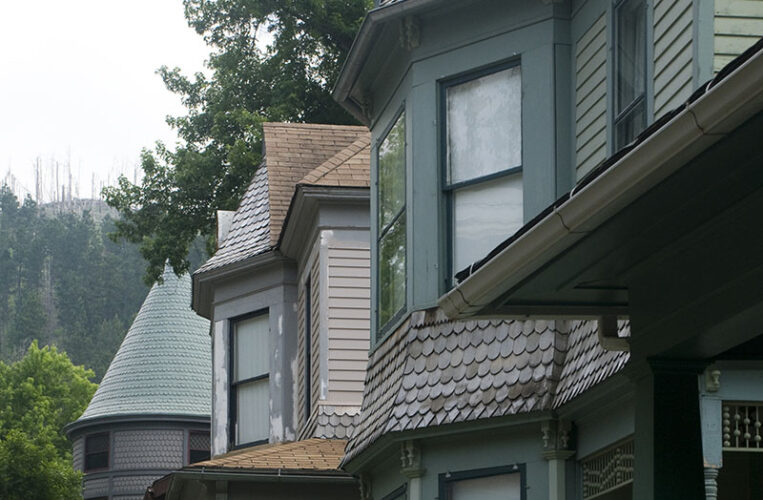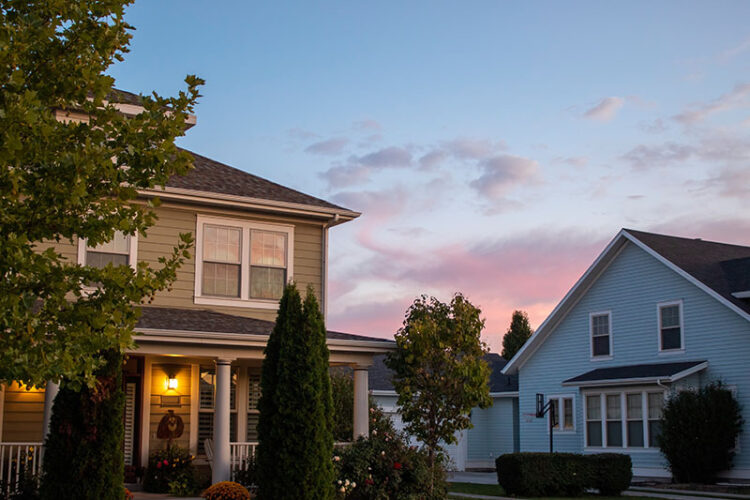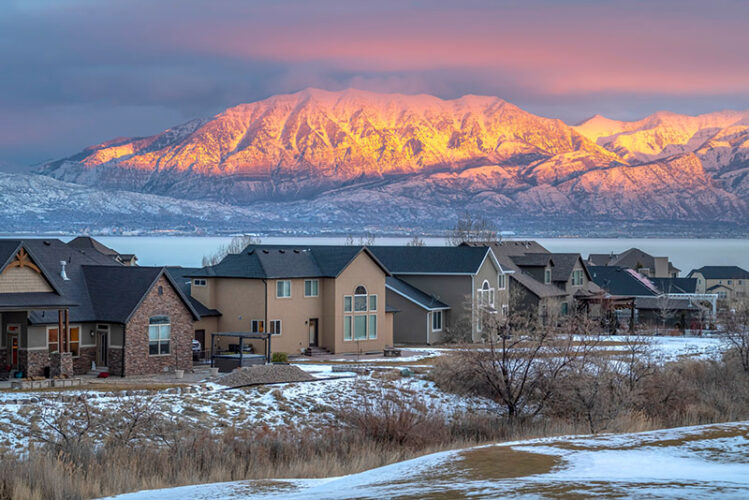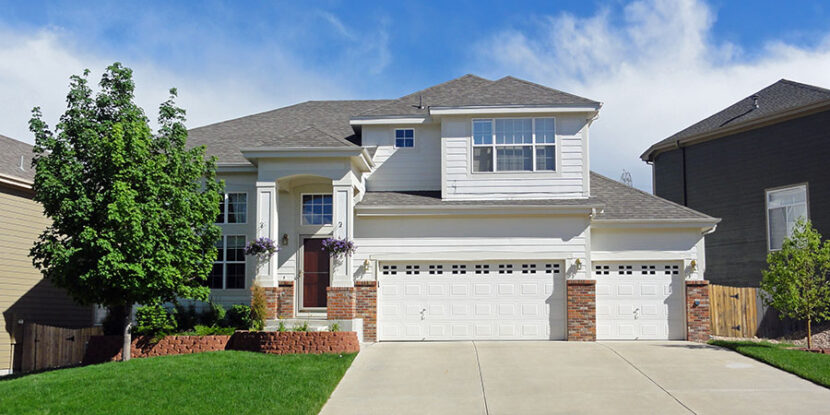Common Window Problems in Salt Lake City, UT
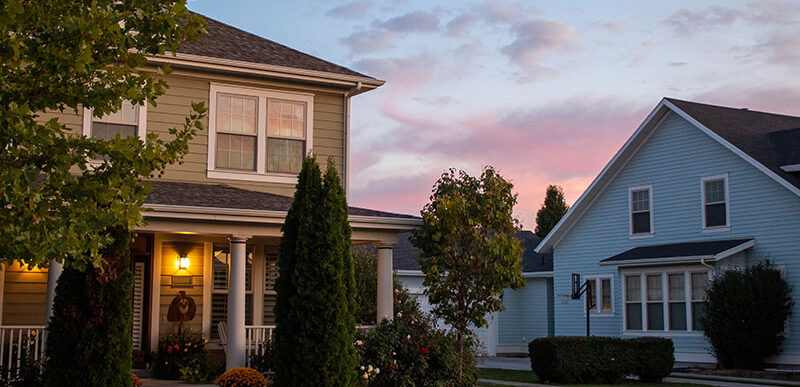
Salt Lake City’s subtropical climate dishes up more than its fair share of humidity. For homeowners, that can be devastating. When dust mites aren’t triggering asthma attacks, mildew is destroying your tiles and floorboards. Black mold is the worst of the bunch. It irritates the eyes, triggers persistent headaches, and can even cause poisoning. A humid house is a toxic house, so HVAC efficacy is more than just a luxury among Salt Lake residents. It’s a necessity.
Your insulation means the difference between an effective HVAC system and a redundant one. Old windows can reduce your R-value by as much as three points. The U-factor of today’s glass can reduce heat loss by up to 40%, so windows are as useful in summer as they are during cold, snow-bound Utah winters.
Technology and Glass
Glass has come a long way since dual pane windows were introduced to the market in 1865. These days, vinyl and fiberglass can achieve an R-value of 11.1. Glass can’t achieve much on its own, though. Cladding can raise R-values exponentially… or render your HVAC system completely ineffective. Thermal bridging adds its own powers by preventing air infiltration. Quality matters. Just a few conductive breaks in a frame can be more destructive than you might think. Look for:
- Triple pane insulating glass
- Fully gasketed sashes
- Vinyl or metal cladding
- Low-E coatings.
Get a Free Estimate Today
50% off installation. Special financing available. See details.
Choosing Your Cladding
Salt Lake City’s temperature extremes bring freezing winters and stifling summers. Your cladding has an important role to play in managing both. It does more than just add to the longevity of your windows. It also improves their integrity. Windows are only as insulating as the structure that houses them because glass’ tendency to expand and contract causes warping and moisture intrusion. Mold and rot are quick to follow.
Cladding is one of the most important window choices you’ll ever make. It protects your exterior window while keeping your interior protected from the elements. With the right weatherstripping, it’ll improve your quality of life one comfortable day at a time. While extruded aluminum and wood are popular options, few products beat the energy-efficiency of vinyl. Its low expansion rate and excellent thermal performance will help you to achieve a stable indoor climate for less.
Insulation
Glass has no talent for thermal performance, so it needs a little help. Insulating windows achieve that by increasing the number of panes in each product. These layers are separated by metal or foam spacers, but designers can dial up thermal performance even more by filling the gaps with noble gas. Technology is evolving at a rapid pace, so quadruple panes have finally become possible.
Low-Emissivity Products
Low-E glass is coated to keep ultraviolet and infrared light where it belongs: outside. That microscopic layer improves energy efficiency by reducing heat transfer and absorption. Clear glass has an emittance standard of 0.84, absorbing 84% of the thermal energy it’s exposed to.
Low-E products have an emittance rating of around 4%, so they resist 96% of the sun’s thermal energy. When summer turns to winter, that rating keeps thermal energy indoors, so you can expect lower utility bills and a more efficient heating system.
Clad, low-E, insulating products are the sidekicks your heating system relies on to keep you comfortable and dry. Think of them as Robin to your HVAC’s Batman.
Like any good ally, they support your system’s key superpowers. In the world of windows, that translates into a comfy indoor climate and a mold-free infrastructure that outlasts its lifespan. It also means improved health, and you can’t put a premium on that.
More information on 1-800-HANSONS windows in Salt Lake City including location and contact information.

